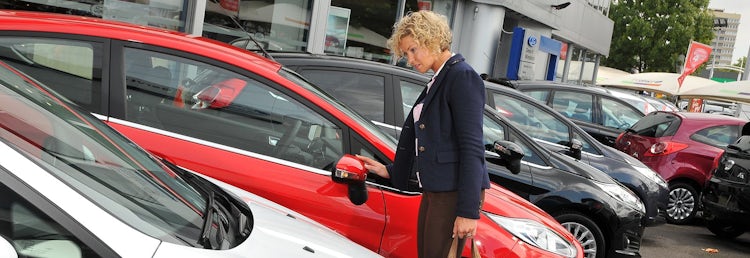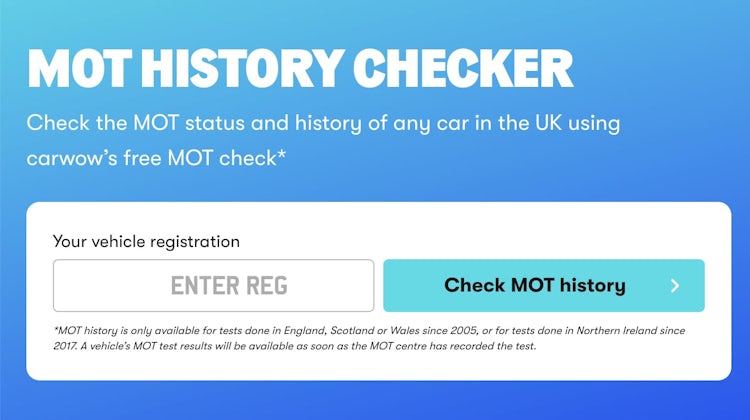Used Hyundai Kona cars for sale
Find the right second hand Hyundai Kona for you through our network of trusted dealers across the UK
Looking to buy a used Hyundai Kona? Get a full car history check
How buying a used car through Carwow works
Find a car
Use Carwow to browse and compare used vehicles, advertised by a network of trusted dealers. You can search by make and model, or apply filters to find the perfect car for you.
Contact the dealer
Once you’ve found a car you’d like to buy, you can contact the dealer to arrange the next steps, whether that’s asking a question or taking it for a test drive.
Buy the car
When you’re happy to buy, you can do so at a fixed price, safe in the knowledge all models sold through carwow are mechanically checked and come with a warranty.
Sell your car for what it's really worth
The free, easy way to get 5,500+ dealers all over the UK bidding on your car
Used Hyundai Kona pros and cons
Is a second hand Hyundai Kona a good car?
The Hyundai Kona is a medium-sized SUV, which is to say that it’s roughly half-way between the likes of the Ford Puma at one end, and the big Citroen C5 Aircross at the other.
Inside there’s a pair of big screens for instruments and infotainment, lifted from bigger, more expensive models. Thankfully, Hyundai is one of those brands which realises that you still need proper physical buttons when you’re driving, so there are plenty of those too, which means you’re not constantly having to stare at on-screen menus. We just wish it had fewer warning bing-bongs (it’s one of those cars that just likes to warn you about EVERYTHING) or just an easier way to switch them all off.
There’s lots of space in the back seats and a decent 466-litre boot. There’s no loading lip either, and an adjustable boot floor, so this is a very useful car.
That said, its boot space is beaten by the similarly-priced, but bigger, Citroen C5 Aircross and the Citroen is the comfier car to drive too. It’s not that the Kona rides like a race car, but it’s quite firm and fidgety, as if Hyundai’s engineers set the suspension too stiff so as to control the weight of the hybrid engine’s battery.
On the upside, that makes it a bit more entertaining in corners than you might expect, but actually the Kona’s best performance comes on the motorway, where it’s a smooth and refined long-distance cruiser.
What to look for when buying a used Hyundai Kona
This generation of Hyundai Kona is very new, so it’s hard to get a solid grip on what might go wrong with it. We do know from the previous model that the seven-speed dual-clutch gearbox doesn’t like doing lots of slow stop-start miles, as that can cause premature ageing of the clutches. It won’t be an issue for this model yet, but beware of that later in its life.
This version of the Hyundai Kona is too new to have appeared in the Driver Power Top 50 Cars To Own list, but Hyundai finished a solid mid-table 17th out of 32 brands in the Driver Power customer satisfaction survey, with 22% of owners reporting a problem with their car.
Of course, all versions of the current Kona will still be covered by their original five-year unlimited mileage warranty, which should give you some peace of mind.
Used car buying guides
Popular used car models
- Used Audi A1 Sportback
- Used Citroen C5 Aircross
- Used Fiat 500
- Used Ford Fiesta
- Used Hyundai i10
- Used Hyundai Ioniq 5
- Used Jaguar E-PACE
- Used Jaguar F-PACE
- Used Jaguar I-PACE
- Used Kia Ceed
- Used Kia Niro
- Used Kia Picanto
- Used Kia XCeed
- Used Land Rover Defender 110
- Used Mazda CX-5
- Used Mercedes-Benz A-Class
- Used Mercedes-Benz CLA
- Used Mercedes-Benz GLA
- Used MG MG4 EV
- Used MG ZS
- Used Peugeot 208
- Used Peugeot 3008
- Used Polestar 2
- Used Renault Clio
- Used SEAT Ateca
- Used SEAT Ibiza
- Used SEAT Leon
- Used Skoda Kodiaq
- Used Toyota Aygo X
- Used Toyota Yaris Cross
- Used Vauxhall Corsa
- Used Vauxhall Grandland X
- Used Vauxhall Mokka
- Used Volkswagen T-Cross
- Used Volkswagen Tiguan
* In line with the Consumer Rights Act 2015










